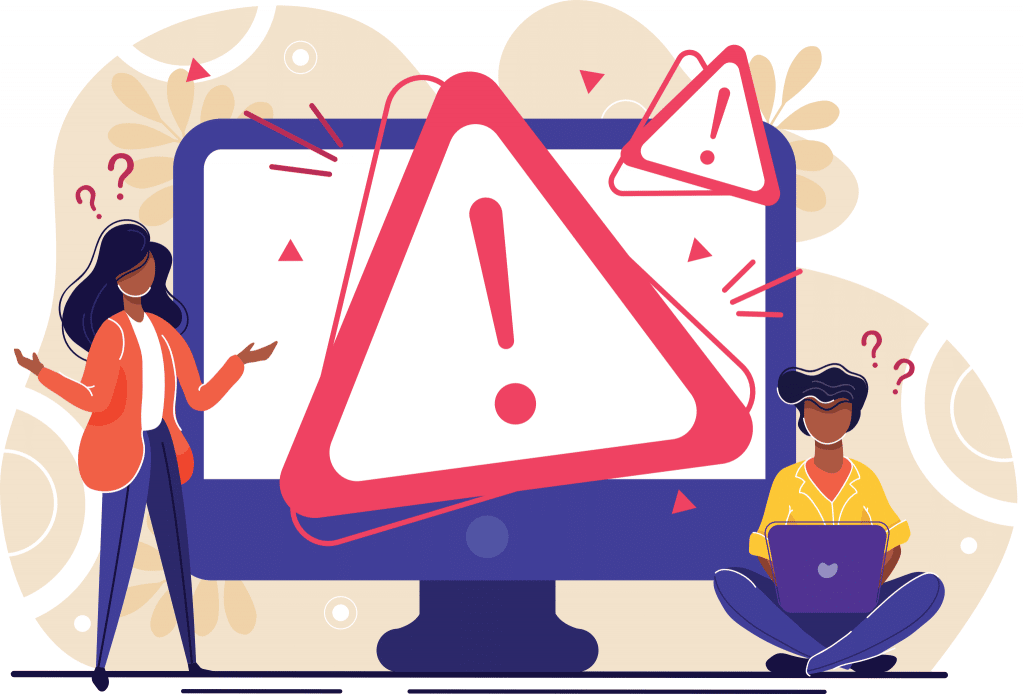Best Practices for Effective Troubleshooting

It is a reality in the world of technology that sometimes things will go wrong. In a perfect world, we can prevent every problem before it starts. And good planning and proactive threat assessment can get you a long way. But when issues still arise, having a strong process in place can make all the difference.
There are three steps to a successful troubleshooting process; Assessment, Planning, and Execution. Each of these pieces are important to find and solve whatever problem you face.
Assessment: What is the Real Source of the Problem?
The first step is assessment. Bring curiosity and an open mind as you complete your assessment. In some cases, what seems like the source of the problem is actually a symptom.

Several possible areas should be assessed, including:
- Is the problem a breakdown of the physical components, hardware, or software?
- Are standard operating procedures being followed and information shared effectively?
- Do the right people have the needed permissions and access?
- Is there support and engagement from leadership where needed?
- Are funds being allocated in ways that align with established goals and objectives?
- Who are the stakeholders that need to be involved in finding a solution?
A secure facility is only one part of a secure system.
In some cases, the problem may be arising from an intersection of one or more of these areas. Jumping to only technical areas of concern leaves out many important cross-sections of decision-making.
In addition to determining the source of the problem, assessment establishes the urgency, the budgetary constraints, and the stakeholders who need to be involved in a solution.
Ensuring that team members are present to participate in these types of trainings are critical to emergency response.
Tactical Planning
The next step is using the data from the assessment to plan the process. By creating a plan before starting implementation you ensure that all the resources and people are available.

Ultimately, this leads to a faster and smoother process and prevents additional issues from cropping up during the troubleshooting process.
Tactical planning should include:
- A step-by-step plan of action
- Timelines and deadlines with dependencies
- Task list that is connected to the timeline with clarity of who is responsible for each task
- A process to manage the workflow and address challenges as they come up
- Isolate the problem and conduct step-by-step testing and validation
Ensuring that team members are present to participate in these types of trainings are critical to emergency response.
Execution: Active Implementation for Best Results
It is important during this step to have a clear picture of who owns each step of the process. Strategic implementation means that there will always be a status on project progress and clarity about what needs to happen next.

This is where the phrase “work the plan” comes into play.
Key elements of an active approach to implementation include:
- Match the energy of execution with the priorities of the organization
- Manage individual tasks and stakeholders effectively
- Validate at each step along the way
- Communicate, communicate, communicate and provide clear expectations
- Create documentation throughout the process (issue logs, punch logs, meeting minutes)
- Align each part of the process with the end goal in mind
- Be active rather than passive throughout the process
- Develop and communicate contingencies to ensure continuity of operational process
Challenges can and do come up in most complex technical projects. But effective execution will work around, through, and over those challenges. Go back to the assessment process to determine where the breakdown is happening. Does a new stakeholder need to be looped in? Is there a dependent factor that needs to be addressed first?
In some cases, even when a detailed plan is created problems arise during execution. Sometimes this is because the problems are entrenched to the point that it hinders the path forward.
However, by doing detailed analysis and planning you will be able to identify the origin of each hurdle. This can provide a roadmap for how to reroute during the execution phase. In the end, solutions are only reached when you have participation at all levels.
Conclusion
Avoid the temptation to take shortcuts in your troubleshooting process. Ensuring that you give the time and attention needed to each phase will keep your goals moving forward on time. At every phase keep these essential things in mind:
- Be active and assertive – don’t just pass the ball!
- Ask questions – and ask again and again until you have the information you need
- Isolate components of the problem
- Direct and lead in a proactive way
- Take ownership of the process
- Ask for help when you need it
- Engage and communicate expectations, and contingencies
About Atriade
Atriade is a security consulting firm. We provide security system design services for access control, perimeter protection, video and visitor management, and other physical security technologies. We also provide security master planning, program development, risk assessments, professional services, and project management.
Our client portfolio includes Fortune 50 companies, Ivy League universities, and leading technology firms in Silicon Valley.
Visit us online at Atriade.com
Connect with us on LinkedIn
Subscribe to our LinkedIn Newsletter: Take A Risk
